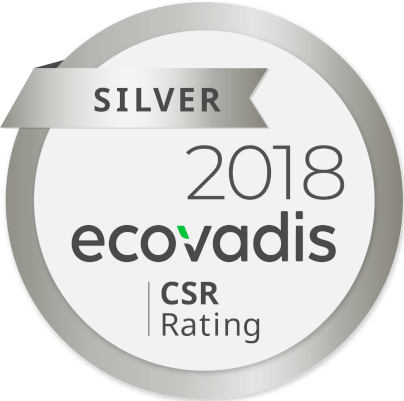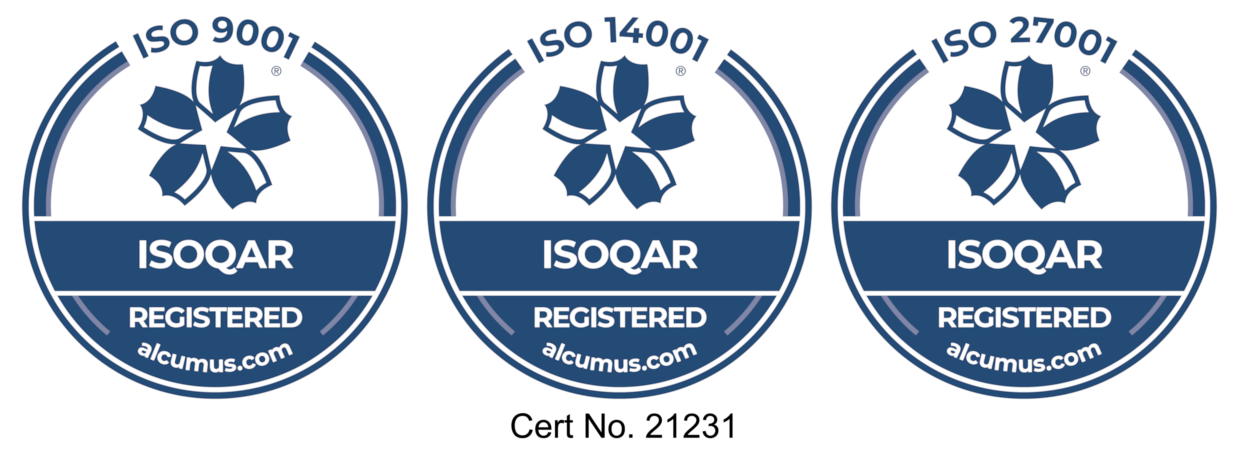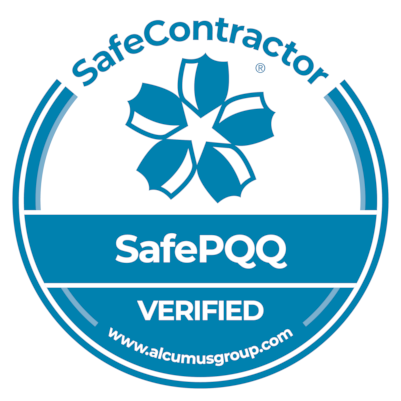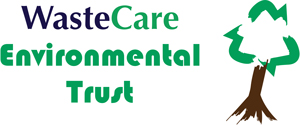These Regulations bring into UK law provisions of the EU WEEE Directive which was introduced to encourage the reuse, recycling and recovery of end-of-life electrical and electronic equipment [EEE].
If you are a “Producer” of EEE (i.e. you manufacture, import or rebrand new electrical or electronic equipment that is within the scope of the WEEE Directive), then you’ll need to comply with the WEEE Regulations. You may have to also make arrangements for the collection, recycling, recovery, treatment and environmentally sound disposal of a certain proportion of the EEE you sell that arises as WEEE.
If you are an organisation and need to dispose of electrical or electronic equipment or if you sell electrical or electronic equipment, you may also have other obligations under these
How to comply
If you are a Producer of EEE, you must join an approved WEEE Producer Compliance Scheme, such as WeeeCare, and:
- pay annual registration fees
- tell the Scheme how much electrical and electronic equipment you place on the UK market each year
- tell the Scheme what type of equipment [household or non-household] you place on the UK market each year
The Scheme will make arrangements to discharge your obligations for the collection, recycling, recovery and treatment of your obligations (as calculated by the government) of WEEE arising from households and charge you accordingly. For WEEE arising within your business, WeeeCare (via its Parent Company WasteCare) can handle the recycling of this waste.
Additionally, you need to ensure that all EEE placed on the UK market is marked with the required “crossed-out-wheelie-bin” symbol. You will also need to have available information on how your equipment can be safely dismantled – although in practice this information is rarely requested by recycling and recovery operators. You will be provided with a Producer Registration Number, upon registering, which you will need to provide to your customers.
If you are a “Distributor” of EEE (i.e. you sell EEE to consumers or business end users), you will have to ensure that your customers can return WEEE free of charge to you provided they are purchasing, on a one-for-one basis, new equipment of a similar type which has the same function as the old equipment. As an alternative to this, you can join the Distributor Take-Back Scheme and direct your customers to the nearest Designated Collection Facility – usually a Civic Amenity Site.
Scope of the WEEE Regulations
EEE means equipment:
- which is dependent on electric currents or electromagnetic fields to work properly
- for generating, transferring and measuring these currents and fields
- designed for use with a voltage rating 1,000 volts or less for alternating current and 1,500 volts or less for direct current
‘Dependent on electric currents or electromagnetic fields to work properly’ means that the equipment needs electric currents or electromagnetic fields (not petrol or gas) to fulfil its basic function. So when the electric current is off, the equipment cannot fulfil its basic function.
The 14 UK Categories of EEE covered by the WEEE Regulations are:
- Large household appliances
- Small household appliances
- IT and telecommunications equipment
- Consumer equipment
- Lighting equipment
- Electrical and electronic tools (with the exception of large-scale stationary industrial tools)
- Toys, leisure and sports equipment
- Medical devices (with the exception of all implanted and infected products)
- Monitoring and control equipment
- Automatic Dispensers
- Display Equipment
- Appliances containing refrigerants
- Gas Discharge Lamps and LED light sources
- PV panels (solar panels)
If you are unsure whether your products fall into any of the above categories, please contact WeeeCare for advice.





